by Sandra Gulland | Sep 6, 2014 | Baroque Explorations |
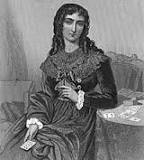
Part of my research for writing my first Young Adult novel about Josephine‘s daughter Hortense involves fortune-telling, mysticism and communing with ghosts. Yes, all quite delicious!
Madame Lenormand (or Le Normand) was a famous fortune-teller of this time, a high-society favourite known as “The Sibyl of the Faubourg Saint-Germain.”
A card method of fortune-telling attributed to her is extremely popular now. Type “Lenormand” in Google and you will see what I mean. The Madame Lenormand Fortune Teller is a site where you can get a (free) reading on-line using a variety of cards: fairly awesome! This is a great way to get to know the cards and the different ways of reading them.

At the Lenormand on-line Museum you can look at all the cards, both ancient and new.
Once you start exploring this realm, it’s a bit overwhelming. I appear to have just signed up for a free telephone reading! I’m no sibyl, but I predict that they will want my credit card number first.
For more on this subject: Origins of Playing Card Divination.
Since writing this post, I’ve learned a great deal more about Madame Lenormand and her cards. For one thing, she was quite the entrepreneur, writing and publishing vast amounts. I read several books on her system, and made a practice of “throwing” my cards every day. In short, I became a bit addicted! The cards are often called “The Game of Hope”—and they’ve become central to the novel I’m writing. In fact, the working title is The Game of Hope.
Books about The Game of Hope:
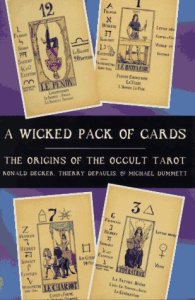
For information about Lenormand: A Wicked Pack of Cards by Ronald Decker, Therry Depaulis and Michael Dummett.
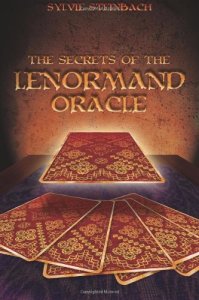
To learn how to read the cards, I like The Secrets of the Lenormand Oracle by Sylvie Steinbach.
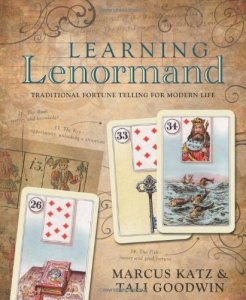
Another book, a bit more complex however, is Learning Lenormand by Marcus Katz and Tali Goodwin.
by Sandra Gulland | May 29, 2014 | Adventures of a Writing Life |
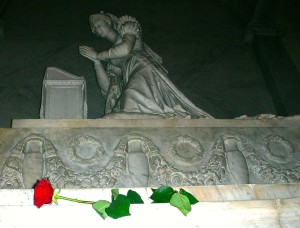
Today—Thursday, June 24th—is the bicentennial anniversary of Josephine’s death, 200 years ago. Special exhibits have been shown in Paris, and there will be a very special event at Malmaison, no doubt. In the past, Malmaison has marked this day with a concert of classical music in the Music room. I was told by the former curator that invariably, a sudden chill would sweep through the room—Josephine’s spirit, he was convinced, for it happened every time, in spite of the summer heat. This is one time that I ache to be there. All this week, I’ve been posting to a new Pinterest board I created for the occasion: “Celebrating Josephine.” In honour of the bicentennial, Touchstone (of Simon & Schuster)— the U.S. publisher of the Josephine B. Trilogy—has designed new covers for the ebook editions.
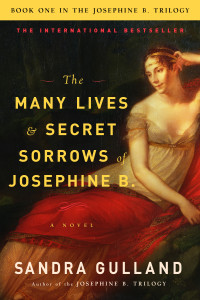
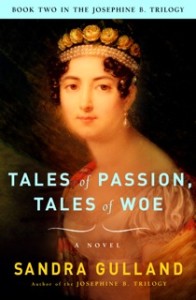
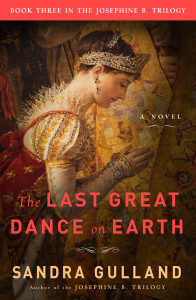
I’m thrilled! I love these new designs.

by Sandra Gulland | Jun 27, 2013 | Adventures of a Writing Life, Promotion, Publication, The Game of Hope, The Shadow Queen, The Writing Process |
I’m working on the Author Questionnaire for Doubleday’s publication of The Shadow Queen, and that requires quite a bit of time mucking about in my promotional and publication history.
Any day now, I will see the first pass on the book cover: I’m excited. I’m already madly in love with the interior design.
Meanwhile, I’m cranking up the word count on the Young Adult novel about Hortense, going slowly at first. We will have the pleasure of our now 1-year-old granddaughter Kiki, our daughter Carrie and her mate Bruce this long weekend, so I’m only aiming for 50 words a day. Dipping a toe in—that’s all—but it’s important to do it every day. This morning I aimed for 50 and chalked up over 200. I’m very much enjoying exploring this youthful story.SaveSave
SaveSave
by Sandra Gulland | Nov 5, 2012 | Adventures of a Writing Life |
After over four weeks of travel research with only a carry-on suitcase, we’ve landed in our winter home in lovely San Miguel de Allende, Mexico. (I’m leaving my suitcase out: in exactly two weeks we’ll be going to California for U.S. Thanksgiving with my soon-to-be 95-year-old dad and the rest of my family there.)
Today I’ll tackle getting my office set up so that I can Get To Work. It’s urgent! I’ve “the last revision” to make on The Next Novel for my wonderful editor Melissa Danaczko at Doubleday before it goes into copy and line editing. Deadline: early January, but best before if I can manage it, well knowing how little gets done over the holidays.
And also knowing that I have two Young Adult novels about Josephine’s daughter Hortense to get to work on!
We had a wonderful trip to England, France and Switzerland. One of the highlights was going to Arenenberg, Switzerland, to see Hortense’s last home and the Napoleonic museum there.
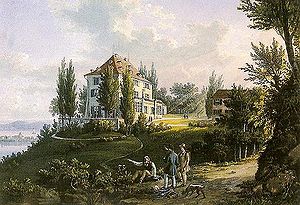
{Arenenberg, Hortense’s last home overlooking beautiful Lake Constance in Switzerland, now a wonderful museum.}
I got an enthusiastic welcome! Everyone had read the Trilogy and loved it. They sell quite a few of the German edition in their gift shop and I signed many, many copies for them.

The museum was astonishing. I got a wonderful tour from Christina Egli, Deputy to Dominik Gügel, the Director. I will have details to report on my research blog, but for now I’ll just leave you with a photo of the lovely statue of Hortense that’s in the chapel there:
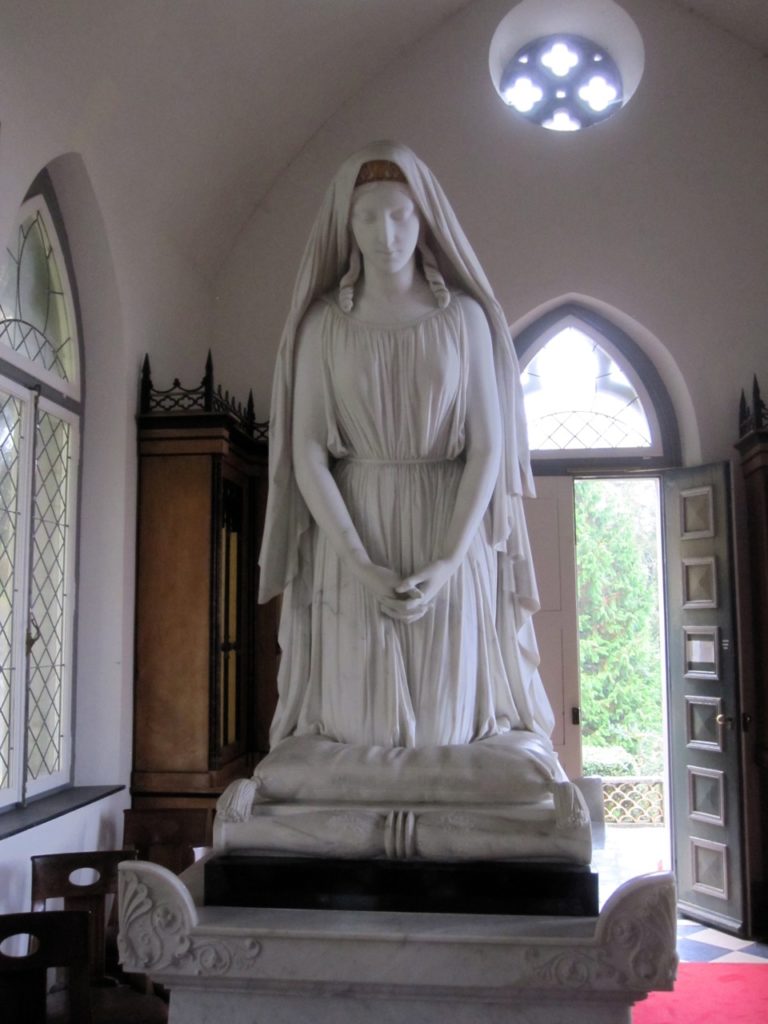
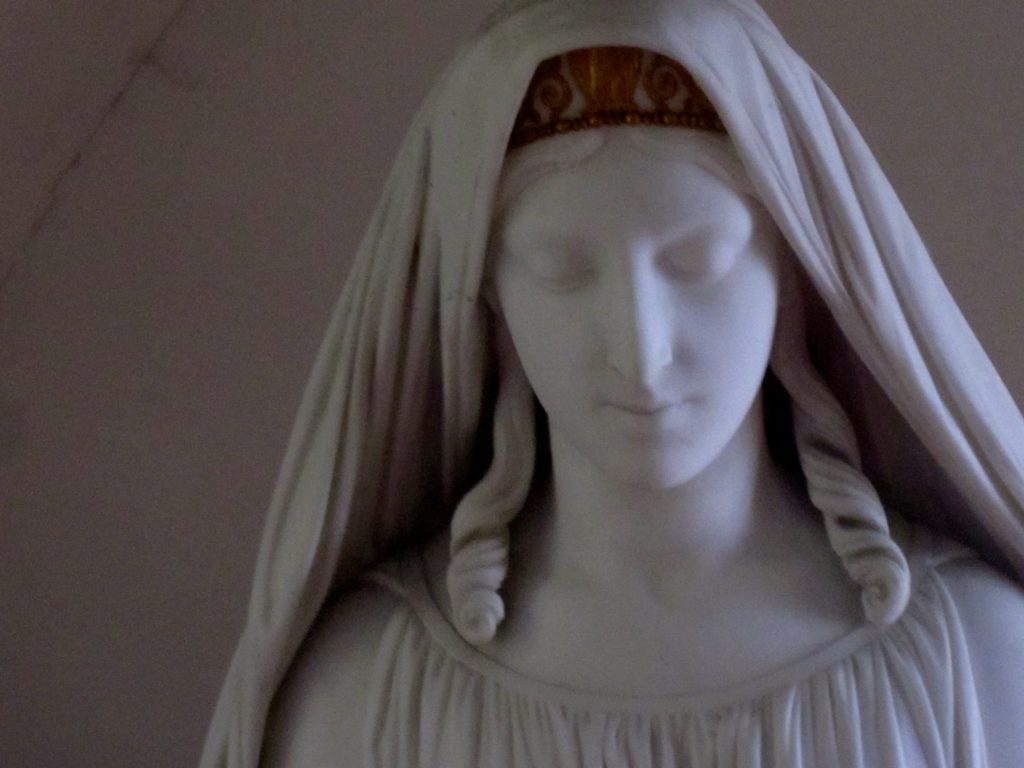
SaveSave
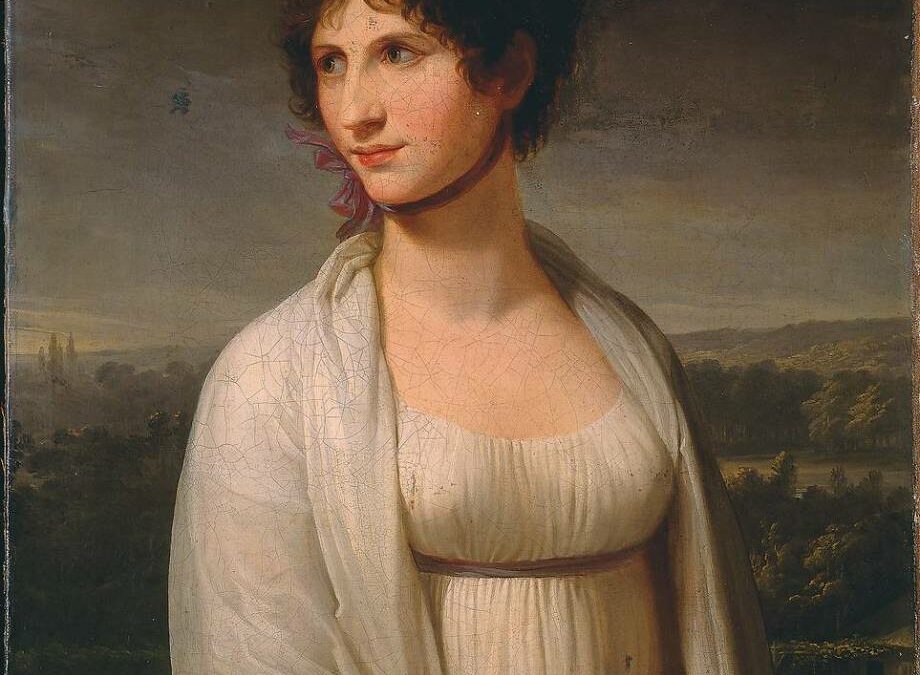
by Sandra Gulland | Oct 5, 2012 | Baroque Explorations, On Research, The Josephine B. Trilogy |
[From a portrait of Josephine, painted by Appiani during her first voyage to Italy.]
I’ve had very interesting comments on this blog from a reader in Russia, concerning Josephine. “La Reine Margot” raises a number of questions, which I’m going to attempt to answer here. (Please keep in mind that it has been over a decade since I was deep into research into Josephine’s world! There might well be new findings. Consider this an evolving discussion.)
Basically, La Reine Margot would like to know about the relationship between Josephine and Hypolite Charles. “I know that you have some doubts about a sexual relationship between Josephine and Charles.” She’d like to know why I have doubts.
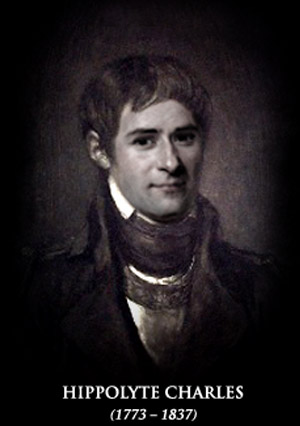
First of all: lack of real evidence. There is only gossip. La Reine notes the saying, “Where there is smoke there is fire.” True, but one learns when studying history that gossip is often used as a weapon, often intentionally. (As when the English planted the rumour that Josephine’s daughter Hortense was pregnant by her step-father Napoleon.) Smoke clouds are sent up, if you will, to make people suspect a fire. One learns, too, that the partners of powerful men are often maligned—something one sees often now, as well.
“Of course the Josephine’s letters to Charles are fakes … but what is the story of this fake? … What is the reason for this hoax?”
It’s impossible to know who created this hoax, but it’s easy enough to see who financially profited from it: the biographer/historian who first printed it.
And from what sources come this affirmation? If I remember correctly there are two main sources: the dutchess d’Abrantes memoirs and those of monsieur Hamelin. Laura [d’Abrantes] and her co-author Balzac of course retold gossips. But were these gossips unfounded?
In short: I think yes.
Abrantes was mean in her memoirs with respect to Josephine, but keep in mind that they were published after Napoleon had been exiled, when she had a lot to gain by this stance. (Correct me if I’m wrong.) It’s worthwhile noting that in Abrantes’ letters to friends written while Josephine was alive, she was nothing short of worshipful in her descriptions of the Empress—a strikingly different point-of-view from that stated in her memoirs.
As for Hamelin’s memoirs… If he lied, what was the reason? Perhaps he invented some details. but what was his purpose to lie about the very nature of the relationship of Josephine and Charles?
Why would Hamelin lie? He was a notorious lier, for one thing. (For another: when was his memoir published? I tried, without success, to find out—but that might provide a clue.)
All Hamelin said was that he saw Charles’s coat outside Josephine’s room—and from that one thing, all is conjectured. Even if true, I think Charles and Josephine might well have had reason to be behind closed doors: counting the profits from their illicit financial endeavours and plotting future investments most likely (IMO). Remember: this was an ill woman going through a violent and early menopause. It’s not impossible that she was having an affair with Charles, but it’s not impossible that she was not.
Are there any others sources? if I remember correctly Bourrienne described that it was Junot who finally told the truth to Napoleon. I never understand the reason for what he decided to do it but I can’t understand his reason to lie too. Louise Compoint of course had this reason. But he?
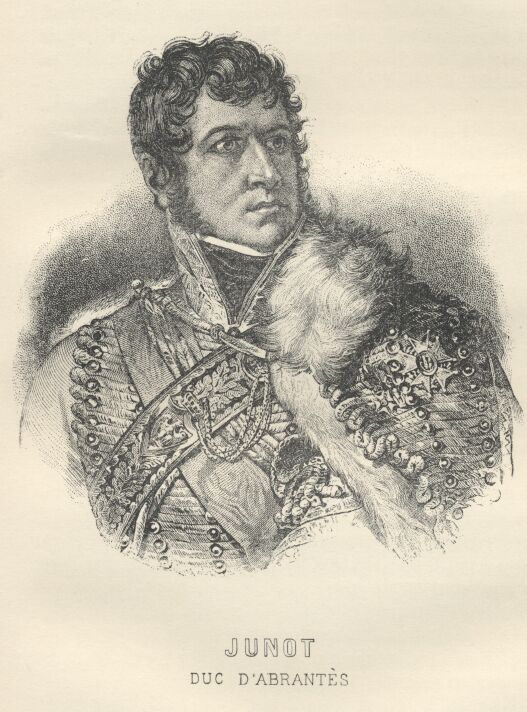
What did Junot have against Josephine? Josephine fired her femme de chambre Louise Compoint for sleeping with him, for one thing. Louise did her best to malign Josephine after, and I wouldn’t be surprised that she recruited her lover into this effort. (Ironically, Louise, later in need of money, came to the then Empress Josephine, who, never one to hold a grudge, gave it to her.)
Josephine had a number of male friends, but most notably Barras and Charles. She was a modern woman in this respect: comfortable in the world of men. Someone once said to me a long, long time ago: “She enjoyed the company of homosexuals.” All this is conjecture, but I sense this might have been true. Before she became Empress, Josephine was a bohemian woman with artistic tastes.
And the nature of the relationship Josephine and Barras? They certainly were friends and partners. But were they lovers? As for me, I think that they were. I suppose that this man was bisexual, but not gay. If he was gay, who was the father of one of the children of Therese Tallien?
Therese only had one child—a daughter, Thermidor—and Tallien was the father. I don’t believe I’ve ever read that she had a child by Barras. (Again, let me know if I’m mistaken.) To my knowledge, Barras did not have any children.
This child if I remember correctly was born in the chateau Grosbois and it was common knowelege that it was his child. And personally I can’t believe that this canny and licentious man could help Rose without demanding sexual toll in return.
I’d be interested to know your source!
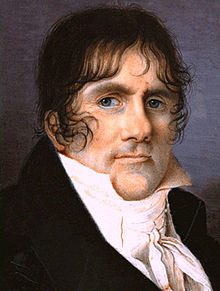
Barras was “repaid” for his help to Josephine many times over by the powerful financial contacts Josephine was able to provide to wealthy Island bankers she’d come to know as a Freemason. Dr Catinat told me that in the exchange of goods and favours between Josephine and Barras, Barras was very much the winner. There was no call for a “sexual toll” in return. The claim that Barras must have been enjoying Josephine’s sexual favours is based on the assumption, in part, that that is all a woman has to offer.
When did Josephine’s [menstrual cycle] stop? What was her age?
You can understand that this type of information is not revealed! We can only guess. What we do know is that Josephine said she was pregnant by Napoleon while he was in Italy. It’s later conjectured that she was lying in order not to have to join Napoleon in Italy. And then, again, it’s conjectured that she was lying when she wrote to Napoleon to say she was very sick.
But imagine that she was not lying: what if her menstrual cycle had stopped and she assumed it was because she was pregnant? If you look at the evidence—various letters, etc.—it’s clear that she really was quite sick during this period of time. Dr Catinat, who is a medical doctor (as well as a foremost expert on her life), suspects that she’d gone into early menopause at the age of only 32. Frankly: this fits. It would explain why she thought she was pregnant (missed period), and why she was so prone to tears at this time.
On top of that, clearly she had something amiss, for she suffered fevers. Quite possibly she had some sort of infection. All this is during that famous trip to Italy with Charles and Junot and Hamelin. I find it hard to imagine a torrid love-affair with Charles while in such a state, and in such company.
As for Charles: he married quite late and never, to my knowledge, had children. No doubt he and Josephine were close … and no doubt they were in secretly involved financially. It’s possible that there was a sexual relationship … but it’s also possible that there wasn’t.
When I was in Paris last summer for the filming of the documentary about Josephine, I chatted at length with Bernard Chevalier, former curator of Malmaison and co-author of a biography about Josephine. I asked him: “If you could ask Josephine one question, what would it be?”
He said, “I would ask her about Captain Charles.”
And I said, “Me, too.”
Because, frankly, we really don’t know.



















